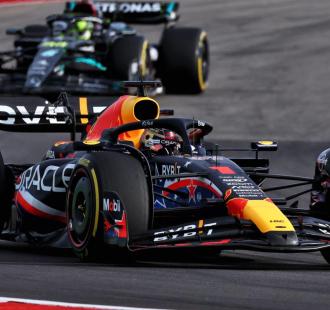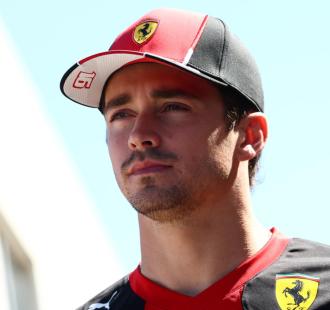
Mercedes' campaign for porpoising changes backfired: Red Bull benefited
Red Bull has highlighted that the changes implemented to combatporpoising during the 2022 season aided the performance of theMilton Keynes-based squad. Its rival Mercedes was one of severalteams that suffered from dramatic bouncing down long straights amidthe introduction of new technical regulations. Red Bull entered thesport's new era with an advantage over the field and has takenback-to-back double championship success, winning 86 per cent ofall races staged across the last two seasons. Speaking to RacecarEngineering, Red Bull's Head of Performance Engineering BenWaterhouse admitted that Red Bull was not expecting such anadvantage when the rules were first introduced. “If you roll backnearly two years, it was all about how do we understand these newregulations, how do we optimise all the different parameters?' hesaid. “But there's still a huge number of unknowns. Yes, you knowsomething about the tyre. “Yes, you have an idea of what the aeromaps are going to be but, until you actually see it for real,you're never really certain.” RB18 vs RB19 Red Bull won 17 racesduring the 2022 campaign, with Verstappen securing his second WorldChampionship. Having applied learnings from its RB18 challenger andcarried them over to last year's car, Red Bull enjoyed an even moredominant year by securing all but one race win during the campaign.“Having had the whole season with RB18, we knew it was a very goodcar [but) also had plenty of limitations,” Waterhouse continued.“It therefore meant we had a very clear focus of what we wanted todo to improve it and make it a better car. “The RB19 started in amuch better position. It's no secret that RB18 started overweight,and it remained to some degree overweight throughout the season.“So there was free lap time in RB18 anyway, which we then realisedin RB19.” No disaster The FIA pushed through a number of changes tostop the porpoising effect from continuing, including raising thefloor edges and diffuser throat. The changes were heavily lobbiedby Mercedes, but Waterhouse has stated that the new rules were abenefit to Red Bull's car. “In the RB18 there were issues with, forexample, floor edges touching the ground regularly, saidWaterhouse. "There was damage, which was occurring to strakes andcomponents of the floor. So I think from our side, it was not adisaster to have to them raise the floor edge to prevent thosesorts of details. “And then, of course, you move into a lesssensitive area from an aerodynamic perspective when you're notinteracting with the ground quite so closely. “From ourperspective, we didn't feel that we were the worst in terms ofbouncing, but we perhaps didn't exploit ground contact of the flooras much. So I think for us, it was not such a bad detail.”


